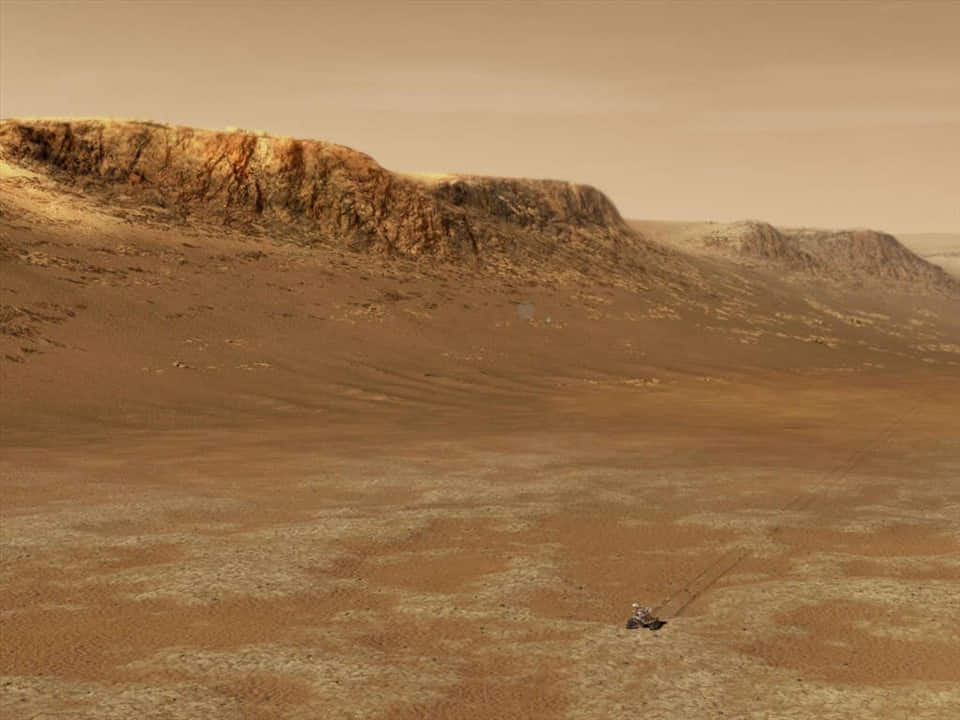The “explorer” venturing into NASA’s alien world Perseverance has found an incredible “treasure of life.”
New analysis from Imperial College London (ICL, part of the University of London – UK) based on a type of rock found by Perseverance at the bottom of the giant crater Jezero Crater of Mars has shown simultaneously the interaction between rocks and liquid water, as well as organic compounds.

Jezero Crater has long been thought to be a domain of ancient alien life. Previous evidence based on NASA remote sensing data showed that this giant impact crater may have once contained an entire river delta. Perseverance’s mission is to find evidence to confirm that.
Perhaps it would have had another success. According to Professor Mark Sephton from ICL’s Department of Earth Science and Engineering, a member of the Perseverance research team, the bottom of Jezero Crater is where this rover landed for safety reasons before moving to the delta. equal.

In this lake bed, scientists expected to find and sample only a few layers of sediment, but were surprised to find cooled magma there, with minerals recording significant contact with water. through a state-of-the-art scanning device called SHERLOC, mounted on the arm of the self-propelled vehicle robot Perseverance.
These minerals, such as carbonates and salts, require water to circulate through the volcanic rock, creating cavities and depositing dissolved minerals in pores and cracks.
And just like similar cavities-filled rocks in Earth’s oceans – which tiny creatures choose to shelter in – these cavities also contain remnants of organic matter.

This leads to the possibility that this is evidence of ancient Martian creatures that once swam in water, which scientists will need time to examine further.
The work, funded by NASA, the European Research Council, the Swedish National Space Agency and the British Space Agency, has just been published in the journal Science.





